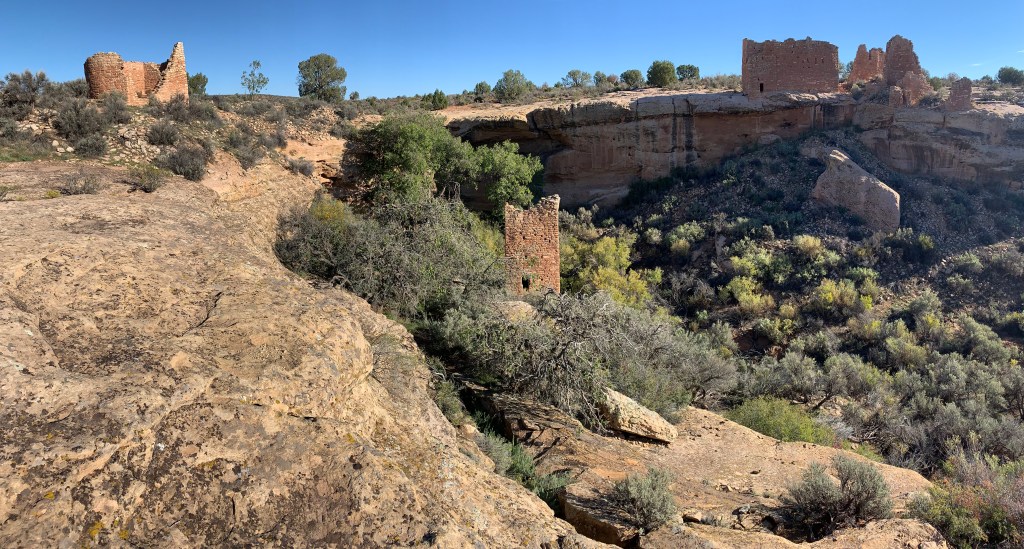
This Civil War era fort still shows the pockmarked scars from Union artillery. A later famous Lt Robert E Lee helped design the tidal sluice gates and canal for the moat which circumscribes the fort, and he had assured the commander that the walls would hold. And it did hold for 112 days against a Union siege in April of 1862. But despite the impressive moat, drawbridges, masonry, and reinforced internal structures, the invention of rifled artillery made the fort obsolete, as this test of the experimental weapons demonstrated. The wall on the left end had to be rebuilt after the spinning explosive shells opened huge gaps. After 30 hours bombardment, the fort surrendered and the port of Savannah was blocked by the Union’s anaconda. Otherwise, the fort is in good condition, with good views from the tops of the walls, and walking around the inside makes for an interesting visit.
